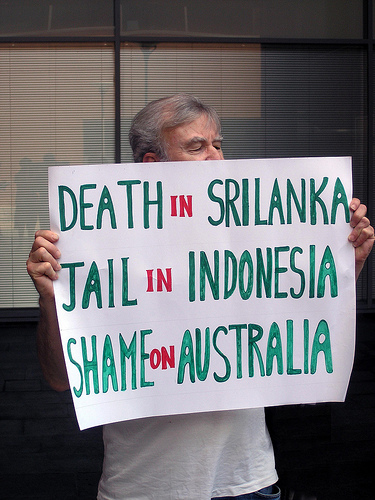
This article was published on the New Security Beat blog by the Environmental Change and Security Program on 18 October 2018.
The challenge of peacebuilding missions is not only to stop violence and prevent a rekindling of conflict, but also to help societies and governments reset their internal relations on a peaceful path towards sustaining peace.
In the short run, it might be tempting to dismiss environmental issues when considering the insurmountable task of building peace after armed conflict. Yet, it is increasingly clear that the interaction between social, political, and ecological processes decisively shapes the post-conflict landscape.

